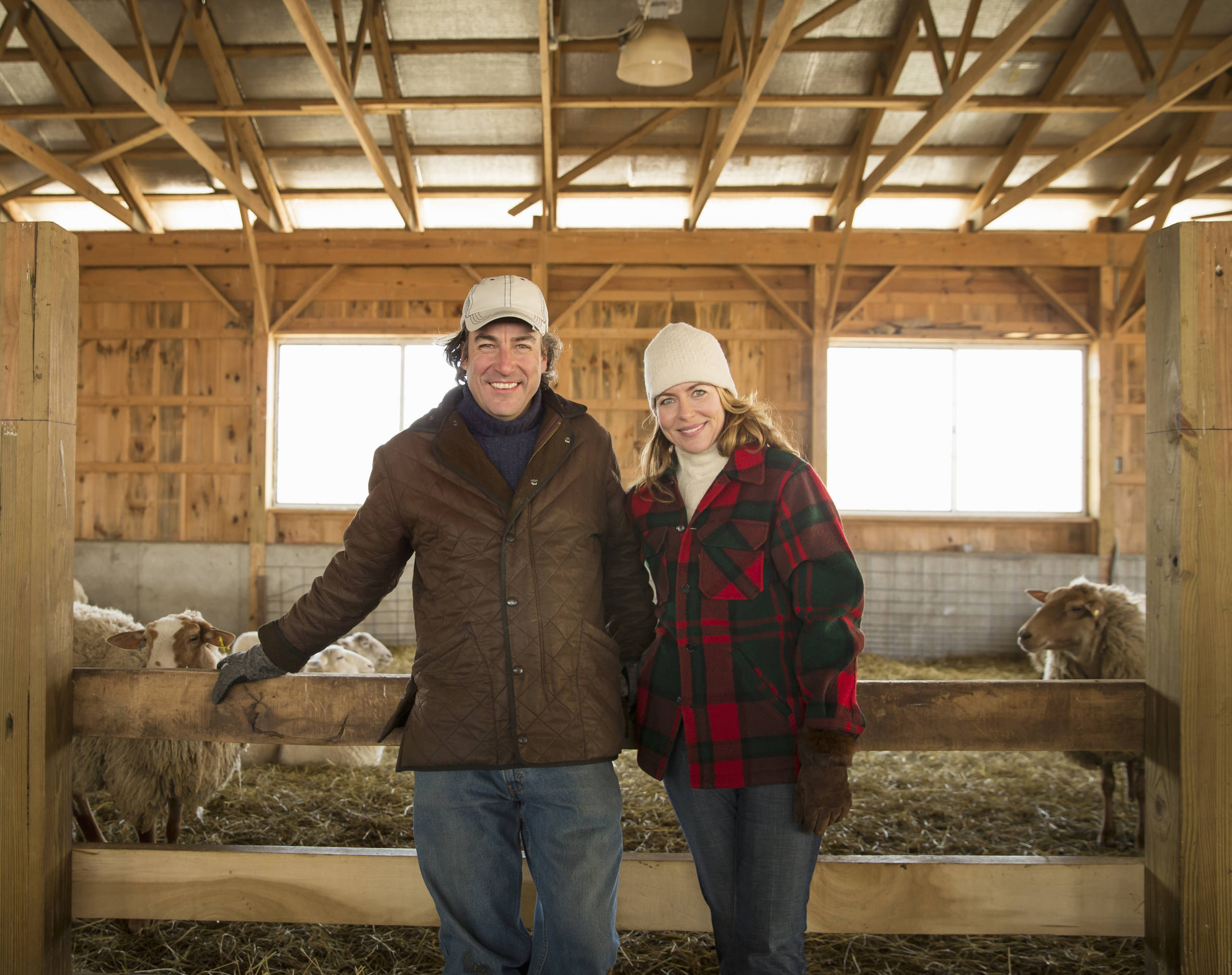
GET YOUR FARM READY FOR WINTER
Even if you’ve already seen the first snowflake, it’s not too late to start winterizing your farm. Giving your farm equipment some TLC before tucking it in for its long winter nap helps keep it maintained through the cold and gives you a jump on spring planting.
Here’s a top-to-bottom list of things to think about.
PREPARE FARM OUTBUILDINGS
Any structure that houses livestock should take top priority, and all your outbuildings need a once-over before winter’s icy grip takes hold.
- Keep ‘em clean. Clean, repair, or get rid of rusty or broken equipment. Remove old hay or bedding that could get moldy and compromise air quality. Don’t neglect the outside areas of the barn, either. Getting rid of debris like fallen branches or rocks will help keep the season safer Thoroughly wash the floors, walls, windows, doors, and light fixtures. But don’t power wash if the temperature is freezing (32 degrees Fahrenheit) or below, as this could create icy spots.
- Discourage unwanted visitors. Rodents and birds are looking for a warm place to call home in the winter months. A critter-proof feed container system will help keep them from nesting long-term. Predator decoys or ultrasonic repellers can discourage interlopers from taking up residence in the first place.
- Batten down the hatches. Clean all windows to allow light in for the animals. Caulking around windows and doors and adding a thick sheet of plastic on the outside of windows will help eliminate icy drafts.
- Stock up and store properly. Don’t wait to stock up on essentials — have sand, blankets, rock salt, clean bedding, feed, and plenty of warm water for livestock on hand before a storm hits. Store them in a dry, well-ventilated, accessible place.
- Review the roof. Replace frayed or crumbling shingles. Check for leaks by taking a walk through your buildings on a rainy day. And don’t forget to clean out the gutters — they fill up fast.
- Keep things flowing. Check your barn’s water supply to ensure it’s working and has adequate pressure for both barn use and fire suppression. Offer livestock a heated water supply and consider using heated troughs in outside areas where the water could ice over.
- Clean up and store pesticides. Clean and drain any pesticide equipment. Read pesticide labels for expiration dates and storage recommendations, especially temperature. Store dry pesticides above liquid pesticides and properly dispose of any expired or unused chemicals.
- Create a windbreak. A windbreak or run-in shed can offer a spot for livestock to take shelter. Check it over for rusty or protruding nails and broken boards, and fill in holes that will let the wind and precipitation in.
KNOW YOUR BARN BURNERS
Rural outbuildings are particularly susceptible to accidental fires. Damaged and overtaxed electrical equipment is a common source of fire in barns and other farm buildings. When winterizing, keep these fire safety guidelines in mind.
- Check heaters, fuse boxes, and wiring. All electrical equipment (especially wiring) should be tested and inspected before the long winter. Remove cobwebs from light bulbs and consider investing in wire bulb cages, which will help prevent errant straw or hay from smoldering and igniting on bulb surfaces. Thoroughly inspect heaters — if a heater hasn’t been used in several months, suddenly turning it on full-blast could result in failure.
- Get smoke detectors. Outbuildings aren’t always equipped with working smoke detectors, so if yours doesn’t have one, get one!
- Install carbon monoxide (CO) detectors. Carbon monoxide may not cause fires, but it can be fatal for you and your livestock. Install CO detectors in shops and buildings that use nonelectric heaters.
- Store your fire-starters properly. Accelerants like gasoline and paint thinner should always be stored in approved and properly labeled containers. Maintain an updated list of all chemicals stored on the farm, and make sure you’ve got an ABC (all class) dry-chemical fire extinguisher in all livestock buildings and workshops.
PREPARE FARM EQUIPMENT FOR WINTER STORAGE
AgWeb suggests following the five steps of (think FARMS) when you’re winding down the harvest season and ready to store your equipment.
- Fill tanks. Top off fuel and oil the tanks so condensation doesn’t form. Replace fuel with the correct seasonal blend to prevent gelling (especially for diesel-powered equipment, or make sure transmission and hydraulic oils are replaced with lighter oils per the recommendations in your equipment manuals.
- Adequately lubricate. A good layer of grease can help protect unpainted areas (like hydraulic cylinder rods) from the elements. Follow the instructions in your equipment manuals.
- Repair damage. Remember all those little things you planned to fix “later?” It’s later. Repairs now will keep broken parts from degrading or rusting over the winter.
- Maintain and clean. Remove dust and debris both inside and outside farm equipment. Change oils, antifreeze, and hydraulic fluids, and check tire air pressure regularly. Lower linkages fully to avoid pressure buildup in hydraulic rams. If possible, slacken the engine accessories’ belt tensioner. Remove the battery and store in a dry location.
- Store equipment. Your farm equipment prefers a roof over its head. But if that isn’t practical, cover equipment and protect computerized parts.
Blog Credit to Our Partners: Grinnell Mutual Insurance
